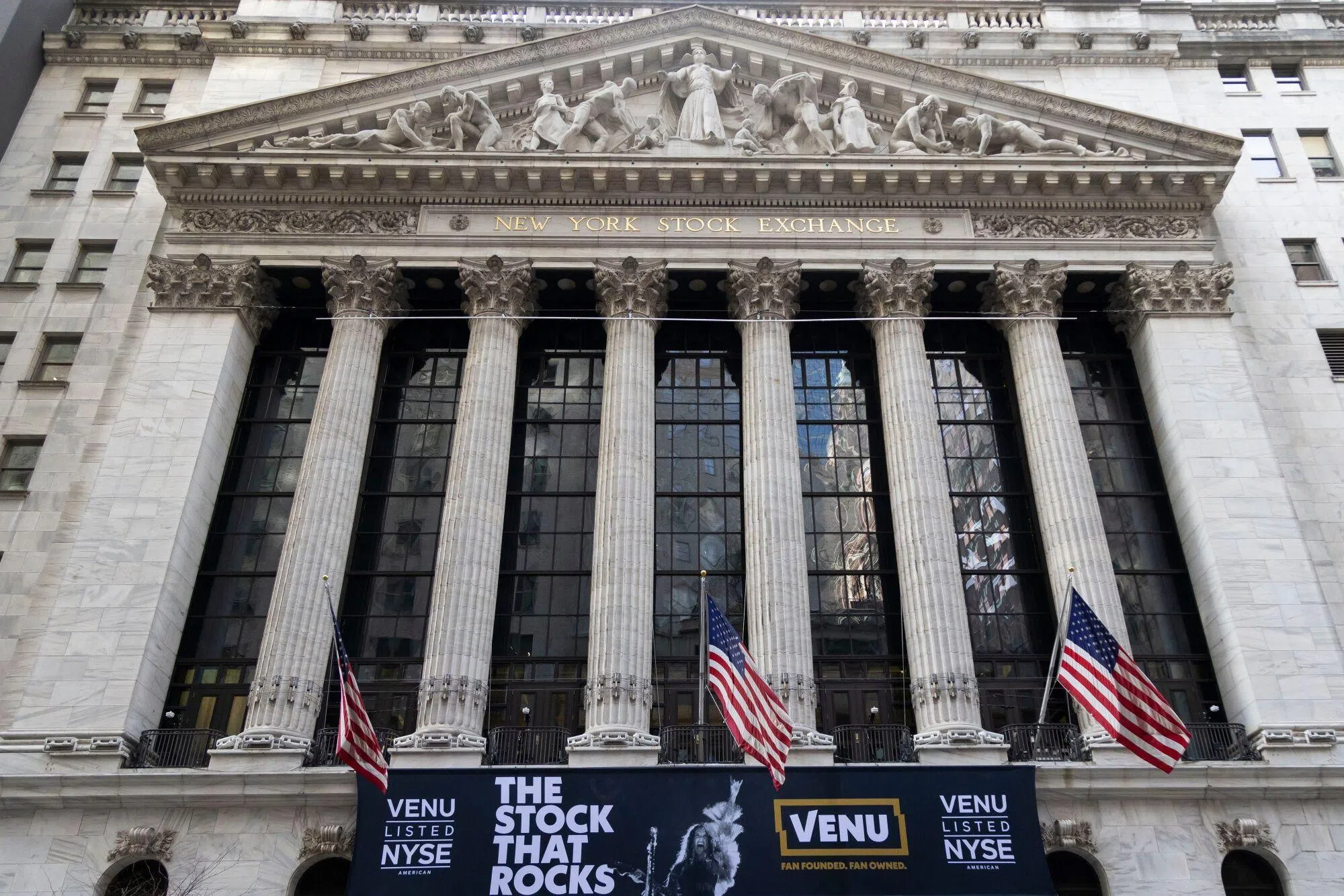HERE’S a surprising new fact about the world’s largest and most-liquid public equity market: Most of the activity on it is not public anymore.
For the first time on record, the majority of all trading in US stocks is now consistently occurring outside the country’s exchanges, according to data compiled by Bloomberg.
This off-exchange activity – which happens internally at major firms or in alternative platforms known as dark pools – is on course to account for a record 51.8 per cent of traded volume in January. Barring an unexpected dip, it will be the fifth monthly record in a row, and the third month running that hidden trades make up more than half of all volume.
In other words, the shift “appears to be developing into a longer-term trend and quite possibly a permanent one at that,” Anna Ziotis Kurzrok, head of market structure at Jefferies, wrote in a note to clients this month.
Off-exchange trading has been a growing feature on Wall Street for years, but until now public venues including the New York Stock Exchange and Nasdaq have retained overall dominance of market activity. That’s important because exchanges display the quotes that most participants use to price stocks.
The shift towards off-exchange trading is the culmination of a years-long trend, which if it continues could eventually have implications for how the market functions, according to Larry Tabb, head of market structure at Bloomberg Intelligence.
BT in your inbox
Start and end each day with the latest news stories and analyses delivered straight to your inbox.
“Theoretically the more trading that goes off-exchange, the fewer orders there are on-exchange competing to determine the best price,” he said. “This means the pricing on and off-exchange could get worse.”
The Securities and Exchange Commission (SEC) has in recent years taken steps to try to push more activity back on-exchange by revamping market structure. Of four proposals made by the SEC, only two rules – that tweak the way stocks get priced and trades are executed on and off-exchange – were ultimately passed.
For now the threat to market efficiency remains a distant concern, with 48.2 per cent of trades in January still happening on-exchange. Instead, the change is perhaps more useful as an indicator of the evolving market landscape.
Kurzrok at Jefferies notes that the surge in off-exchange activity corresponds with increased volumes in stocks worth less than US$1, which are typically traded by retail investors. That makes sense, since that business is often handled internally by market-making giants like Citadel Securities and Virtu Financial.
When those sub-US dollar stocks are stripped out of the data, off-exchange trading remains below 40 per cent of total volume, according to calculations by Jefferies. So the apparent shift away from exchanges “doesn’t necessarily mean trading in one stock or all stocks is going to be worse off on any particular day,” Kurzrok said.
Meanwhile, the number of off-exchange venues that offer an alternative, anonymous way to process trades has been growing.
These alternative-trading systems, or ATS, use different mechanisms to match buyers and sellers without the desired price being displayed on a public exchange, or automated auctions where parties express the value they are willing to buy or sell stocks for. Using those venues helps institutional investors limit information leaking to the market and adversely affecting prices.
About 1.7 billion shares a day changed hands on an ATS in November, the most since March of 2020 and 36 per cent more than a year prior, according to analysis from Bloomberg Intelligence.
“This new style of trading is different,” said Joe Saluzzi of Themis Trading. “The bigger institutions seem to have a better experience where they can command more value.” BLOOMBERG



